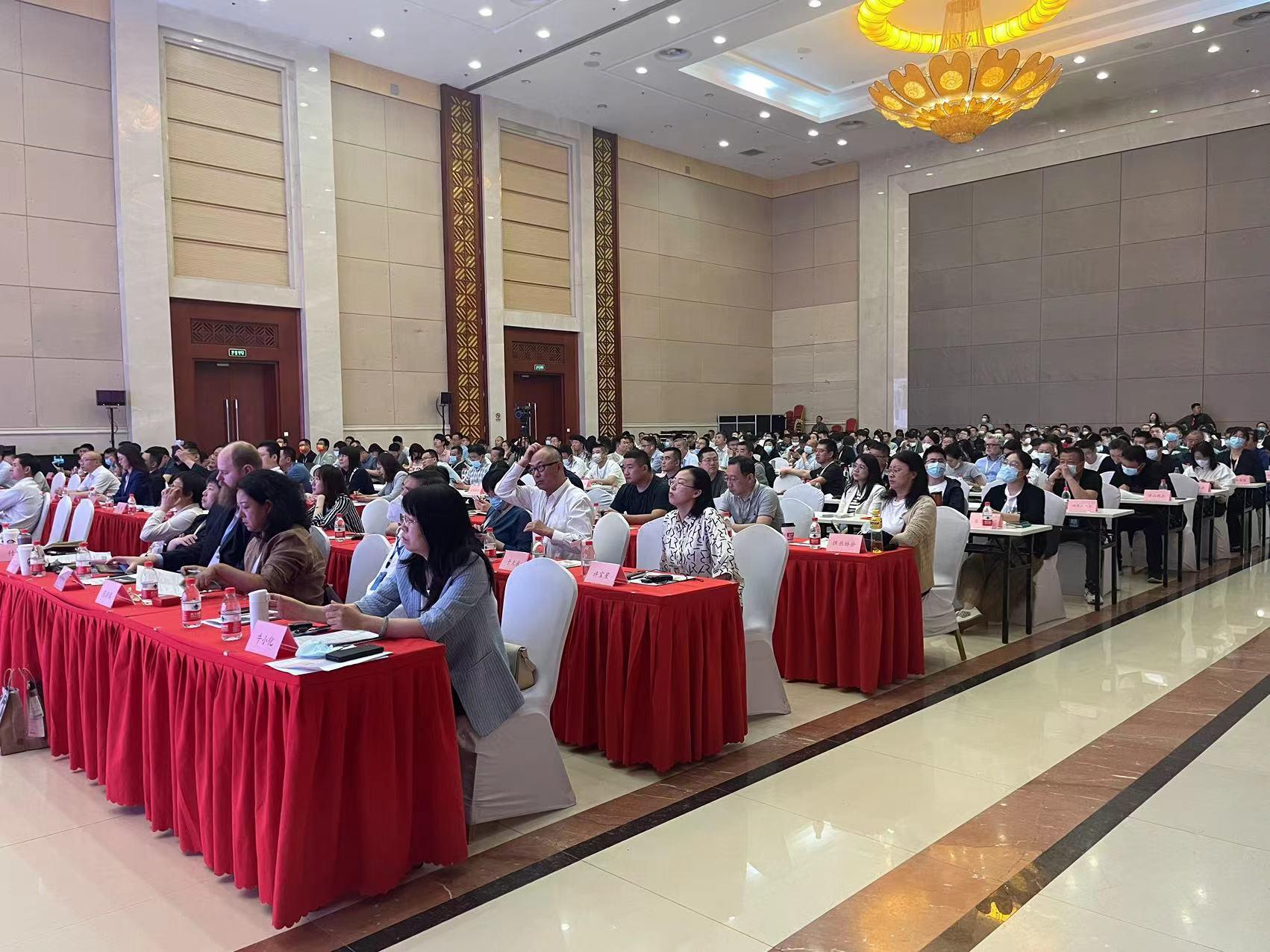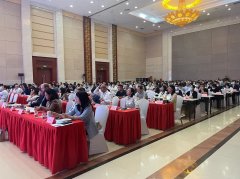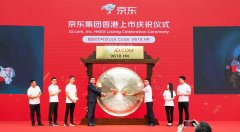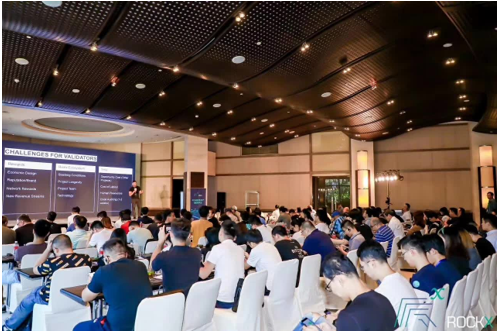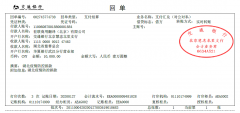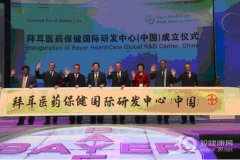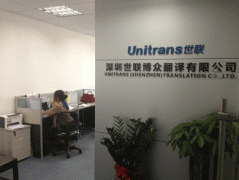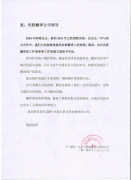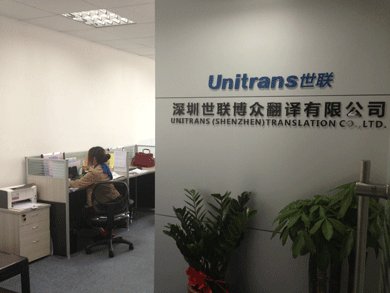法语颜色常用词汇
时间:2017-12-18 08:51 来源:未知 作者:dongli 点击:次
| 常用颜色词汇: blanc / blanche 白色 noir / noire 黑色 orangé / orangée 桔色 bleu /bleue 蓝色 brun /brune 棕色 gris /grise 灰色 blond /blonde 金黄色 vert /verte 绿色 violet /violette 紫色 marron 栗色 jaune 黄色 rose 玫瑰色 rouge 红色 écru本白 beige米色 gris/grise灰色 颜色词汇列表: 暗: noir, obscur, sombre, foncé, dissimulé 白: blanc 碧: émeraude, bleu-vert 彩: couleur, soie teinte, variété 橙: orange (fruit), orange (couleur) / oranger, orange 赤: rouge, fidèle, nu 翠: vert émeraude 丹: rouge, pilule 靛: indigo, bleu 粉: poudre, rose 黑: noir, sombre 红: rouge 花: fleur, multicolore, coton, dépenser 黄: jaune 灰: cendre, poussière, gris 锦: brocart, coloré, splendide 葵: mauve, guimauve 蓝: bleu 绿: vert 墨: encre de Chine, noir 黔: noir 青: bleu-vert 色: couleur, expression du visage, variété 素: blanc, simple, végétarien 玄 xuán: noir, profond, mystérieux, incroyable 颜: physionomie, couleur 莹: belle pierre couleur de jade 瑛: belle pierre de la couleur du jade, translucide 皂: noir, savon 紫: pourpre, violet 丹顶鹤: grue à couronne rouge 乌云: nuage noir 卵白: blanc d’oeuf 卵黄: jaune d’oeuf 彩色: couleurs variées 抹口红: se mettre du rouge à lèvres 橘黄: orange (couleur) 灰色: gris 玫瑰: rose 肤色: couleur de la peau 色彩: colori, couleur, nuance, impression 蓝色: bleu 蛋白: blanc d’oeuf 金鱼: poisson rouge 青菜: légume vert 颜色: couleur, physionomie 鹅黄: jaune tendre 黄色: jaune, porno 白匪: bandits blancs 祁红: thé noir 米色: crème (couleur) 米黄: crème (couleur) 粉红: rougeatre, rose 红军: Armée rouge 红卫兵: garde rouge 红宝: couleur rubis 红旗: drapeau rouge 红楼梦: Le rêve dans le Pavillon rouge 红色: rouge 绿灯: feu vert 绿茶: thé vert 世联翻译-让世界自由沟通!专业的全球语言翻译供应商,上海翻译公司专业品牌。丝路沿线56种语言一站式翻译与技术解决方案,专业英语翻译、日语翻译等文档翻译、同传口译、视频翻译、出国外派服务,加速您的全球交付。 世联翻译公司在北京、上海、深圳等国际交往城市设有翻译基地,业务覆盖全国城市。每天有近百万字节的信息和贸易通过世联走向全球!积累了大量政商用户数据,翻译人才库数据,多语种语料库大数据。世联品牌和服务品质已得到政务防务和国际组织、跨国公司和大中型企业等近万用户的认可。 |





